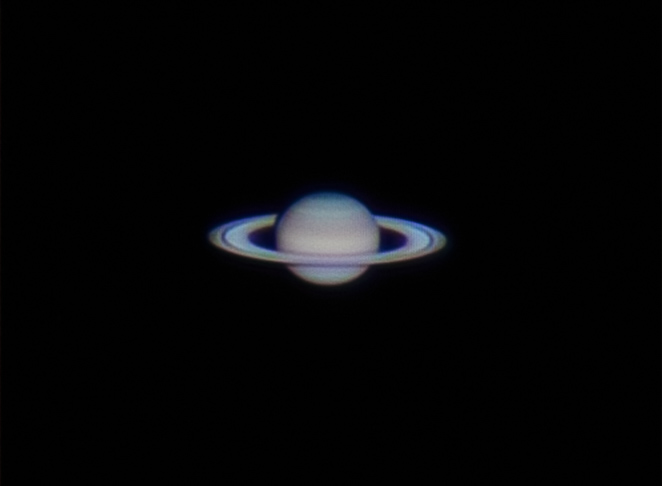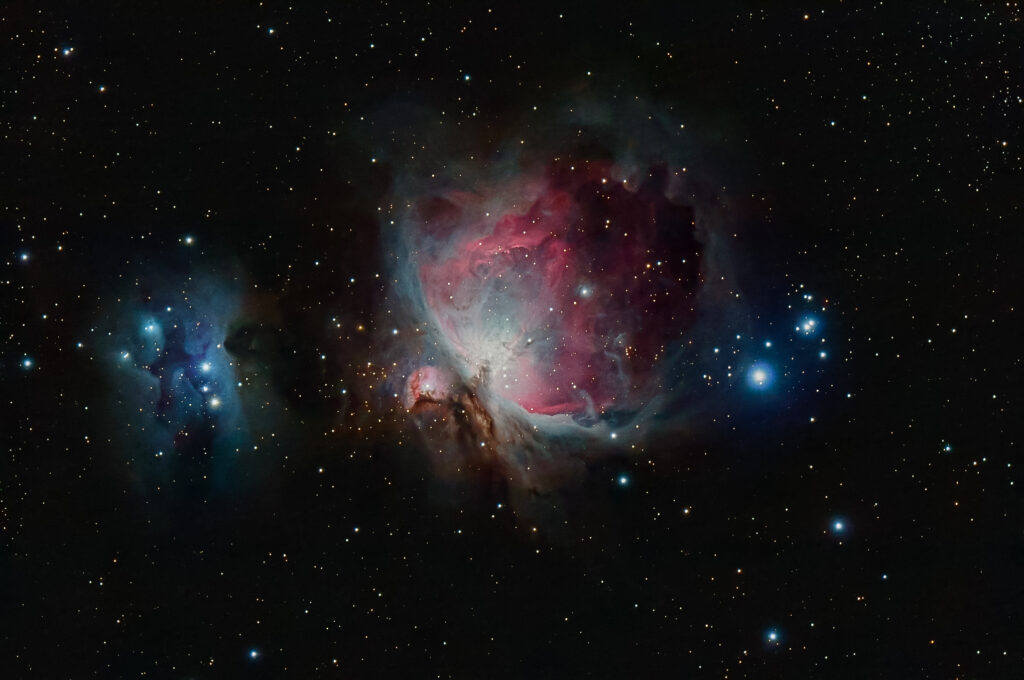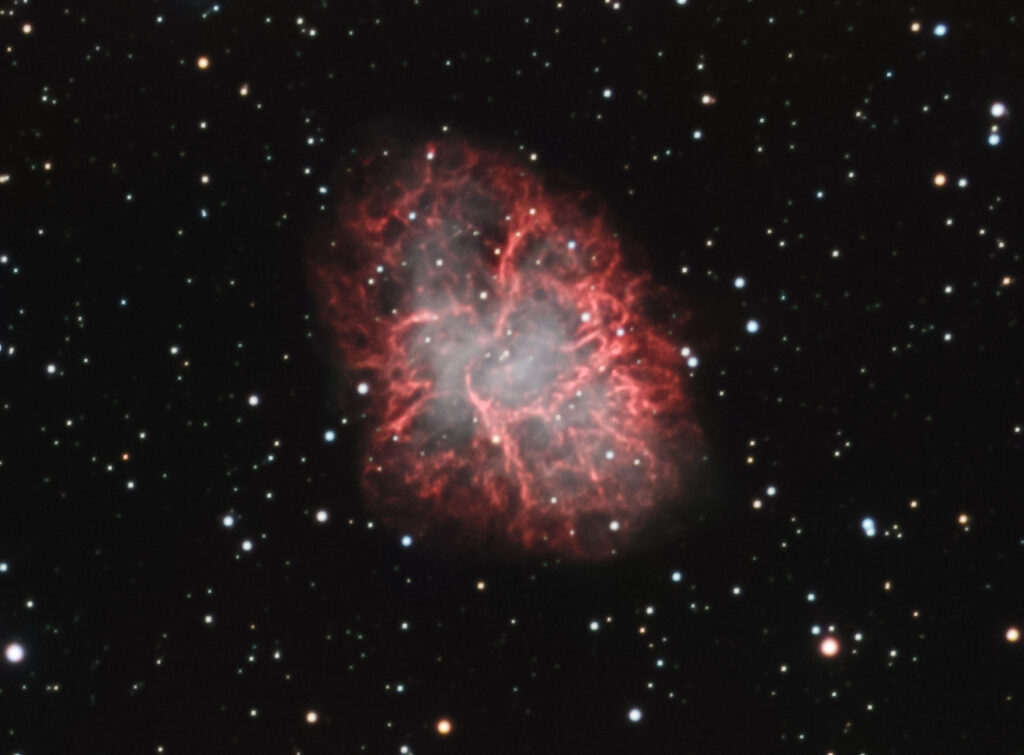David Ault is an electrical engineer at IBM and also an avid amateur astronomer and astrophotographer. He has been an astronomy hobbyist since he was 15 years old and a member of the Boy Scouts. “It is difficult to avoid the beauty of the night sky when you are out at very remote locations away from any light pollution. That was many years ago, and I’ve participated in astronomy off and on since then.”
He purchased and connected a camera to his telescope to see what he could capture and was instantly hooked. He is a committed stargazer who is very active in public events, star parties and talking to anyone with a similar interest.
Many of David’s images are taken with fairly complicated equipment, but, he says, that is not necessary for all types of astrophotography. A good digital single-lens reflex (DSLR) on a tripod can capture excellent star trail images and very wide field shots of the Milky Way. To create those with a DLSR, and a tripod, turn your mode dial to M (manual) and turn the control/speed dial to “bulb”. Hold the shutter button down for long exposures. You’ll likely want to have a good shutter release cable so you can walk away and relax while your camera picks up the faint light that may have begun its journey thousands of years ago.
A good star trail image should be at least 15 minutes. If you can be patient and leave the camera for a few hours, your patience will certainly be rewarded.
David says, as you begin to augment your hardware, adding a tracking mount may allow you to capture nebulae, nearby galaxies and open star clusters. Stepping up to a even a small telescope can help you capture smaller and fainter objects, but typically also requires an automatic guiding system to improve tracking over longer periods and avoid blurry images.
Planetary imaging is another, specialized form of astrophotography that uses very short exposures (milliseconds) to capture moments when the light passing through the Earth’s atmosphere is less distorted.
Many of David’s photos, just a few of which appear here, require many hours’ exposure over several nights.
- “Saturn,” taken in 2012 with a 6” Schmidt- Cassegrain telescope and a small camera from David’s backyard in Georgetown. This image is a compilation of the best, sharpest 200 exposures, out of a total 5,000 30-millisecond exposures. He uses software (available for free) to breeze through the 5,000 frames and generate the image.
- The great Orion Nebula located in the constellation of Orion, on his sword. The region is a large stellar nursery in our galaxy; i.e., the gas and dust there are actively forming stars. This image was acquired during a star party in Austin. It was taken with a 90mm aperture refracting telescope and a DSLR over the course of 90 minutes.
- The Crab Nebula is a supernova remnant. In this case, a massive star exploded nearly 1,000 years ago—1054AD—because the nuclear fuel burning in the star’s core created outward pressure strong enough to overcome the star’s gravitational pull. Modern astronomers are able to precisely date the explosion because ancient astronomers noted a new bright star, temporarily visible during the day at this same location in the sky. This image was created using an 8” Schmidt-Cassegrain telescope and a specialized CCD camera. It required 11 hours of exposure time, taken primarily from David’s backyard in Georgetown over the course of several nights.
If your curiosity is piqued, the Williamson County Astronomy Club (see story on page 16) meets monthly, provides outreach at schools and has paired with Southwestern University and Garey Park to support their efforts and interests. WCAC also meets at the Round Rock Fire Station when space is available. Visit Williamson-Astro.org for schedules and events. Members are friendly and very eager to talk about their interests and help others learn to be skywatchers.



